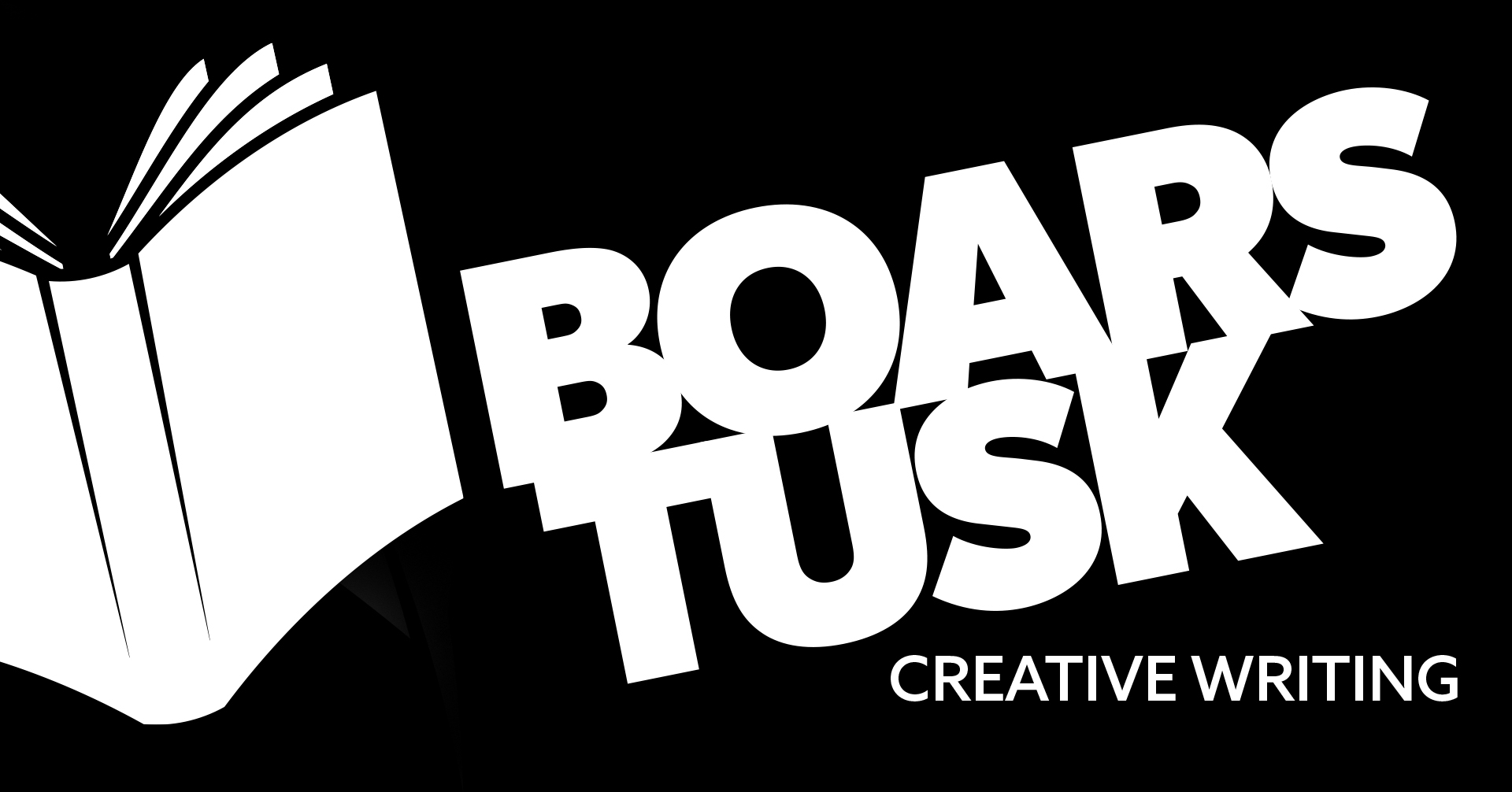Lifelong Learning - Elevator, Stairs, Escalator

If you ask my family, I like taking the stairs, even if we are staying in a hotel several floors up. I like taking the stairs up to the third floor at Western Wyoming Community College when working rather than the elevator. Thankfully I am able. My mother would not be physically able, but the purpose of this article is more about virtual stairs, elevators and escalators than the actual physical actions. Let me explain. In life, I like to think about each day as one in which there is potential for growth for me. I can reach higher achievements, expectations and goals for myself. In saying that, I break down the definitions and functions of elevators, escalators and stairs.
An elevator’s purpose is to transport people or a load between levels, up and down. An escalator is used to move people up and down. In airports, a travellator helps move quickly people on a flat surface. Stairs on the other hand, are stationary and do not move people. They are used by people. They are a tool in which people can move themselves from one level to another. The key here is that, in my mind, using the stairs may be harder and slower going, but I prefer them because I challenge myself. My success to another level is completely dependent on ME! I am not waiting for others to move me to another level or reach higher goals.
Confucius said, “Every great journey starts with a single step.” Again, I am not necessarily talking about physical steps, but rather, the idea of moving forward, onward and upward towards achievement, towards change, towards whatever it is you seek to accomplish. Maybe it is getting in better physical shape or maybe it’s becoming more proficient at a skill you currently struggle with. It could be having more tolerance, patience, or empathy. It could be playing a musical instrument, taking a college class, getting a CDL, becoming a better gamer, becoming a better reader, or friend, spouse, child or parent.
Goals and attaining goals can be ongoing or finite. They can be short term or long term or somewhere in between. Earl Nightingale reminds us that we should “never give up on a dream just because of the time it will take to accomplish it. The time will pass anyway.” I also try to remember that I don’t have to accomplish my goal or task all at once. I can break “it” down into smaller pieces or milestones. One step at a time. One thing at a time. When I do this, things become more bearable and more attainable for me. When eating something. I don’t eat an entire entrée in one bite. Smaller bites are easier to digest and I am less likely to choke. The same can be said for my goal attainment. When something is hard, I usually feel like I can get through it when don’t “bite off more than I can chew”. I definitely don’t want to choke, or fail at my goal if at all possible.
Sometimes we do go after something and we fall short. Two of my favorite quotes remind me that failure isn’t the end. Mickey Rooney said, “You always pass failure on your way to success”, and Benjamin E. Mays said, “Failure isn’t in not reaching your goal but in having no goal to reach.” Falling short, just means adjusting and going after it again. My friend is an accomplished juggler and she is always saying that the easiest part of juggling is picking “it” up (the ball, the beanbag, yourself) after your drop it or it falls. Just pick yourself up and go again. Thomas Edison talked of finding 1 way to make a lightbulb work and 10,000 ways that it didn’t work. He did not talk of failure.
Theoretical escalators, elevators, travellators and stairs. I challenge you to keep climbing until you get where you want to be, then set your sights on another level after that. Lifelong Learner – continuing to grow. One step at a time. And even if you go two steps forward and one step back sometimes, remember that with perseverance you will get there. Have a great day!



